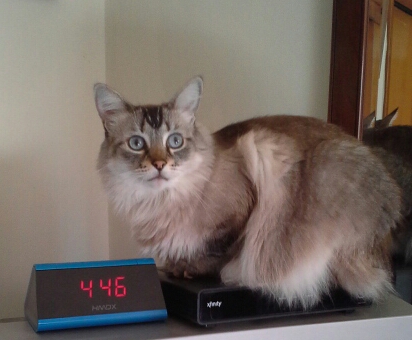The Sun is NOT the Center of Solar System: A Lesson in Elliptical Orbits
We are going to cover elliptical orbits, ellipses, creating ellipses, sine and cosines, and Johannes Kepler's Second Law of Planetary Motion with an ultra-simple, easy to understand method using a piece of string!
Kepler was trying to prove that planets sweep out equal areas in equal time periods...except he kept getting errors as he attempted to calculate the orbit of Mars. He tried fitting his calculations to a circle shaped orbit and an egg shaped orbit: no luck. Then he tried an ellipse, succeeded and also proved the sun wasn't at the center of the planets' orbits!
Our sun is not the center of the universe. It is not the center of our solar system. The sun is at one of the two foci of an ellipse, the other focus is an empty area of space. The foci are like two centers of two circles joined together into a blob. BUT THE orbits are so close to circular looking that diagrams of our solar system are basically circles within circles with our Sun at the center (but technically a smidge off). It's called the "barycenter".
In fact you can create a circle by bringing the two foci together-and we'll do that after learning how to easily create ellipses with a piece of string, a compass and two pins. This piece of string will also easily show us Kepler's law of planetary motion: something that is an absolute mathematical truth...but looks totally untrue to human eyes.
Let's start by marking the length and width of the ellipse we want:
Put a pin at each end of the length and connect with a string:
Set the compass to the distance from the center to a length end point:
With the compass set to the distance from the center to an end point of the length, put the sharp part onto a width point and draw marks where the compass-swing hits the line of the length.
Take your pins and string and stick them into the compass marks.
Take pencil and draw while keeping the string pulled tight. There is your awesome new ellipse! You'll notice that the string forms a triangle, kind of like the sine/cosine triangle in the circle from a few posts ago about Lissajous Figures. We'll come back to this triangle in a moment, but first let's Reverse engineer this ellipse into a circle.
As we move the two foci closer and closer together the pencil and string triangle sweeps out a shape that is more and more circular. Put the pins in the same hole (or just use one pin) you'll get a perfect circle.
Back to the triangle sweeping:
Kepler's Second Law of Planetary Motion says that as a planet sweeps along its orbit, in different parts of the ellipse (even the smaller ends) the area it sweeps out is always equal to any other area it sweeps out given the same time to sweep. Two seconds of sweeping in the little end gives the same area as two seconds of sweeping the bloated middle.
That sounds and looks wrong, even in fancy computer animations...but just remember our string triangle: it moves all about and changes angles as it's dragged by the pencil but its overall length never changes. The string doesn't get shorter or longer. The base of the triangle never changes as long as the pins don't fall out. The length of the two other sides of the triangle always add up to the length of the string.
Sameness.
Couple the sweeping in an ellipse with the sine/cosine triangles...
...and add a few more little trigonometry bits like tan and arctan and you get the field of calculating xy ballistics trajectories for non-powered projectiles (bullets, rocks in a catapult, etc.).
They'll be non-powered once I gnaw their wings off.


























